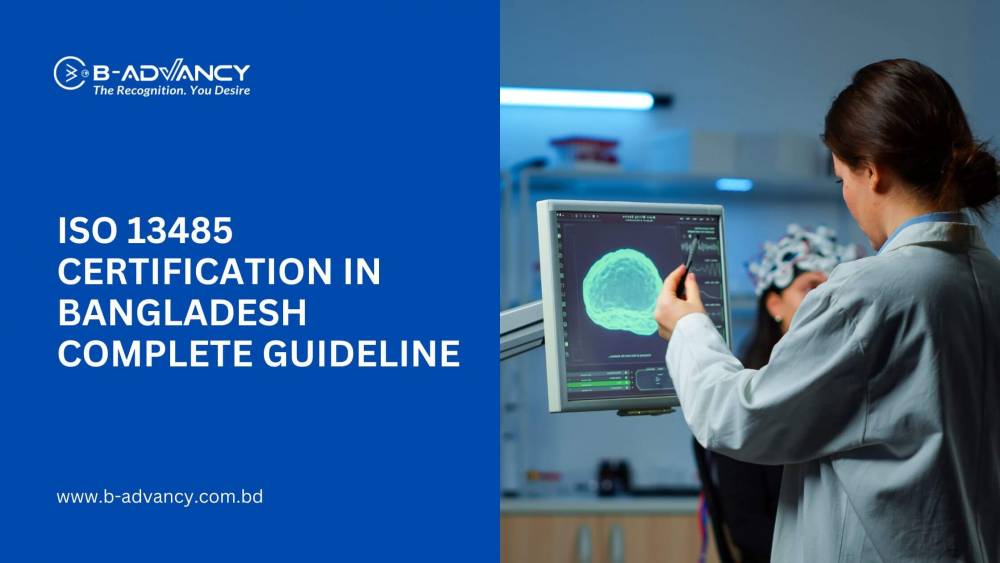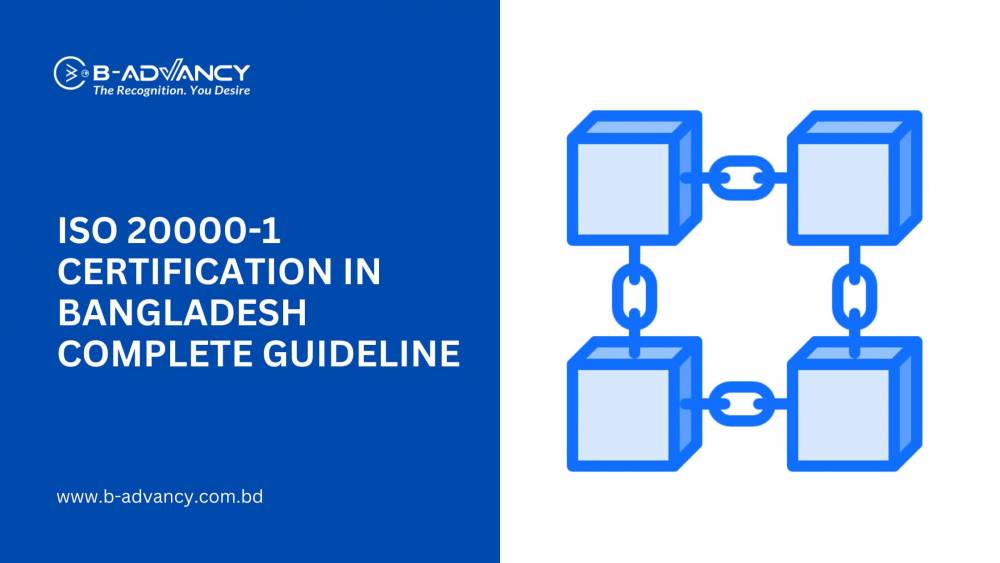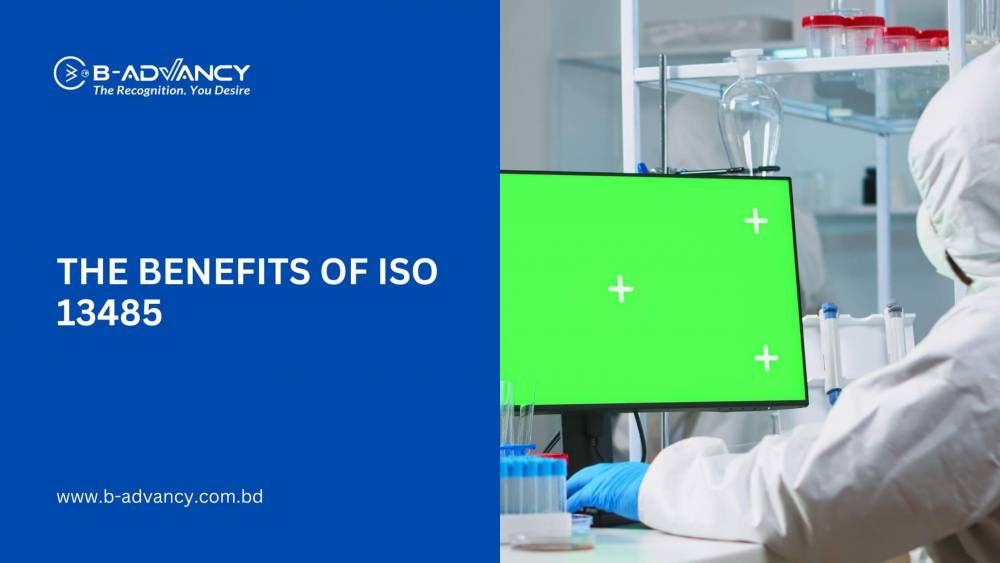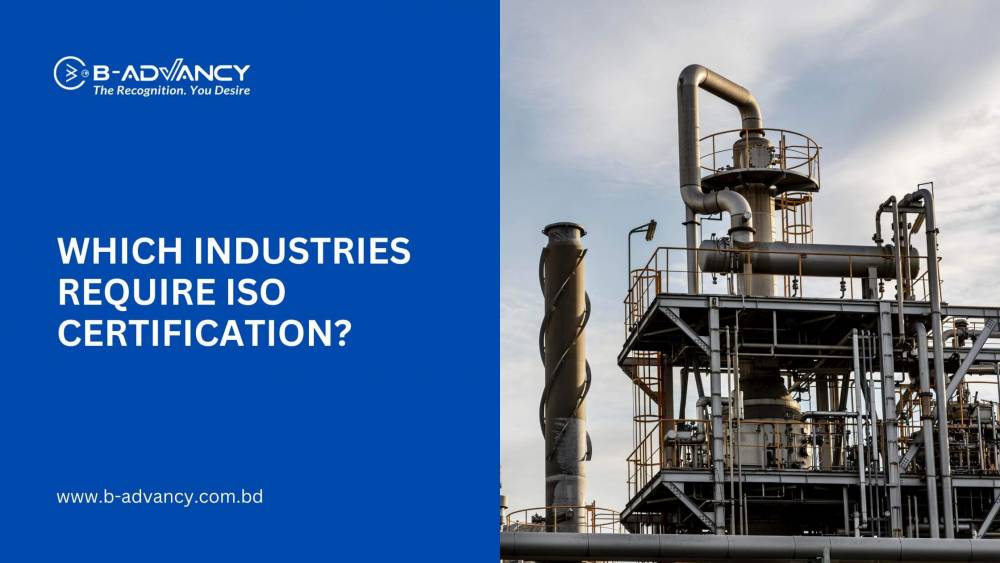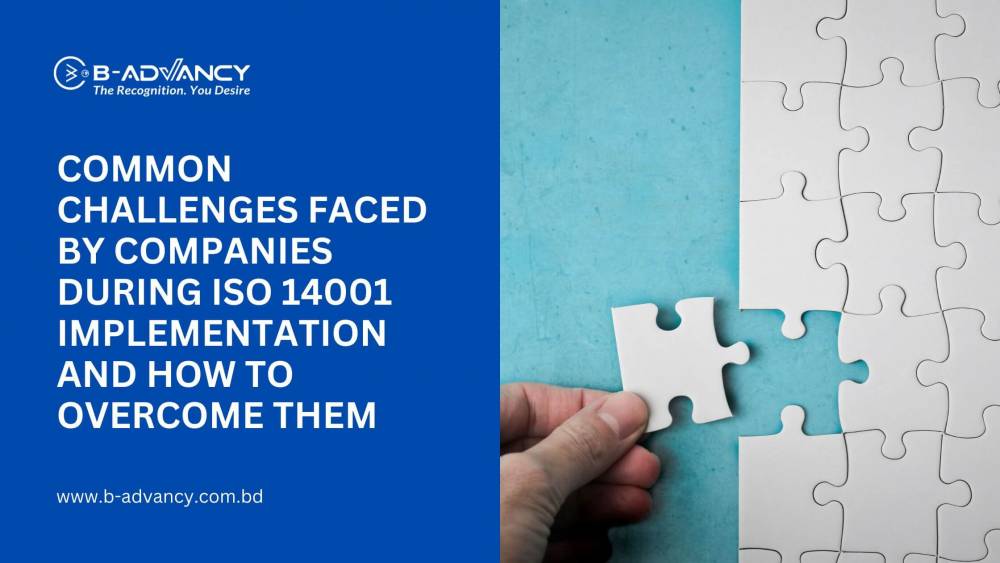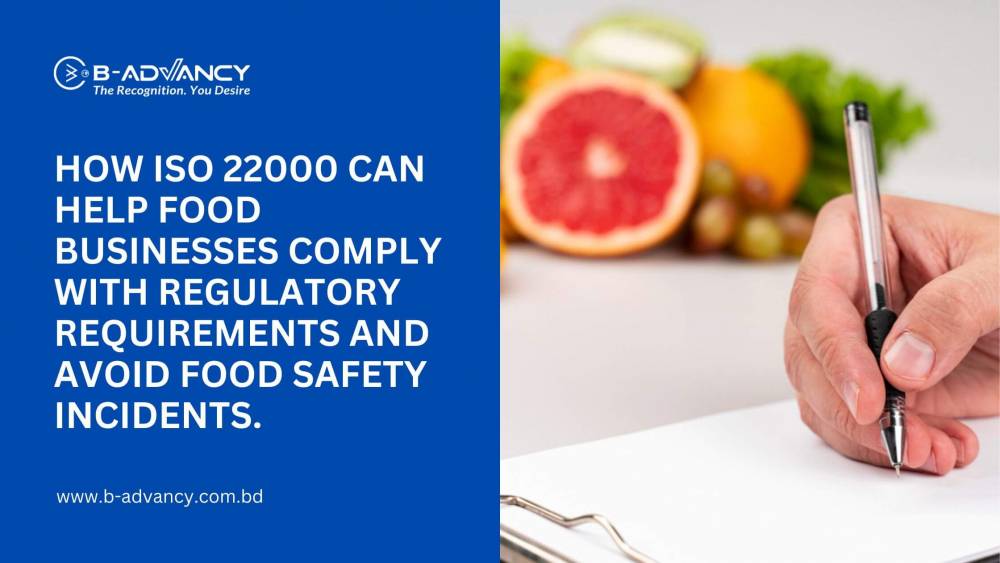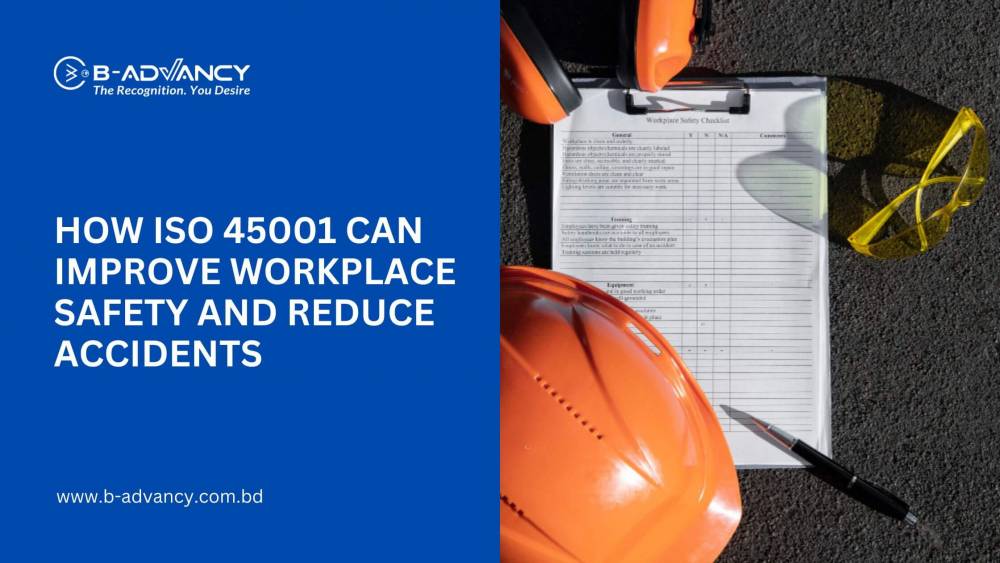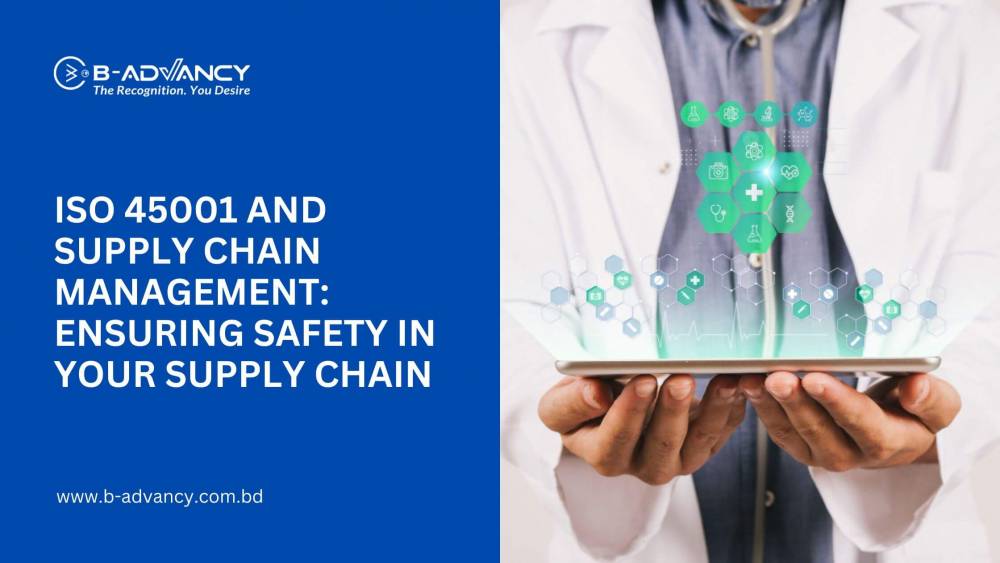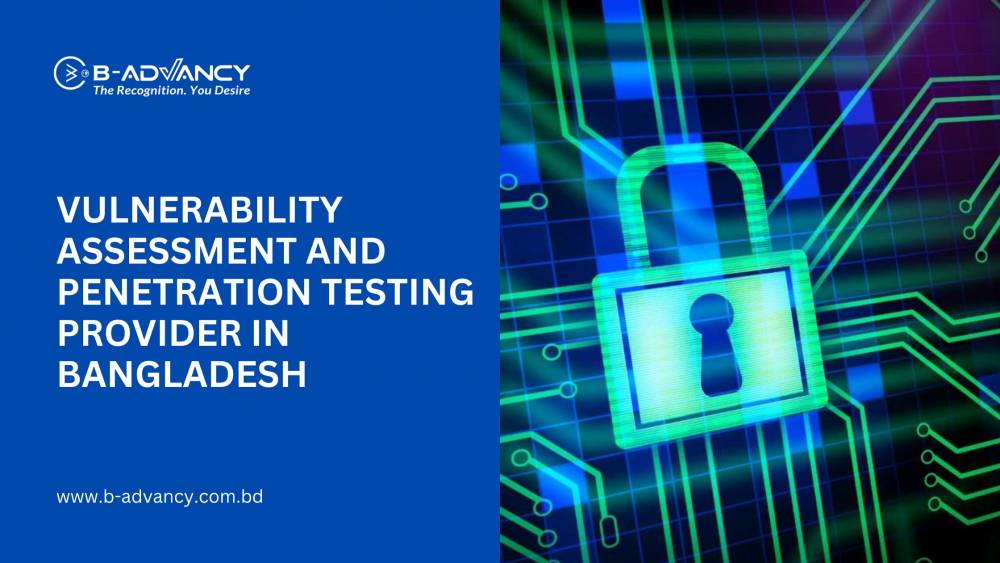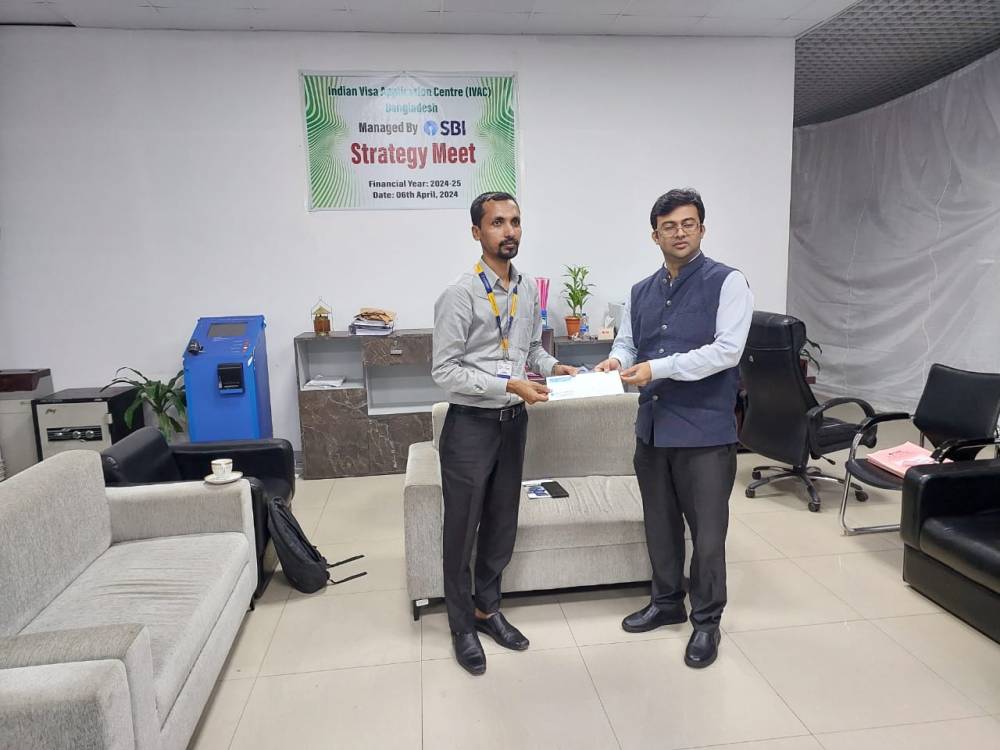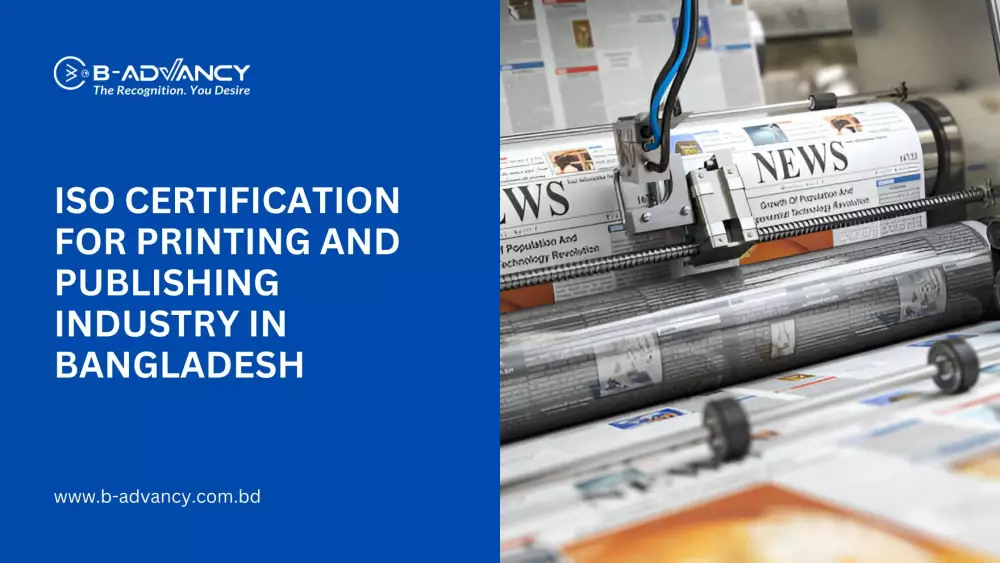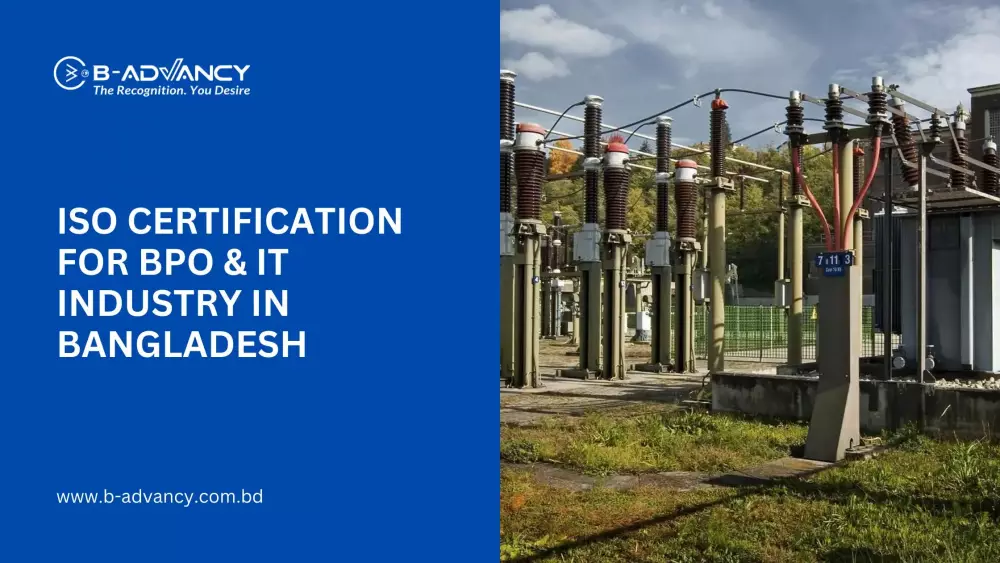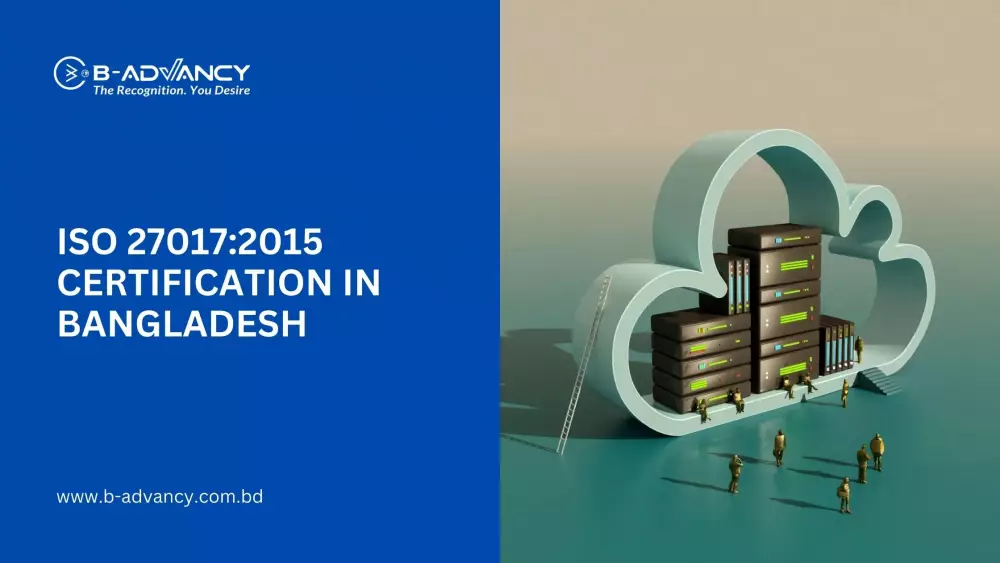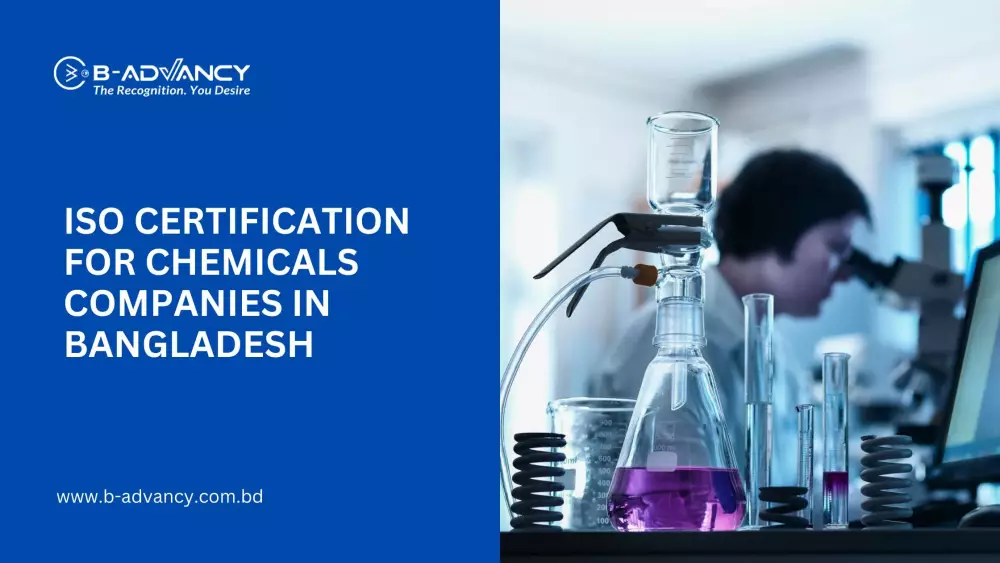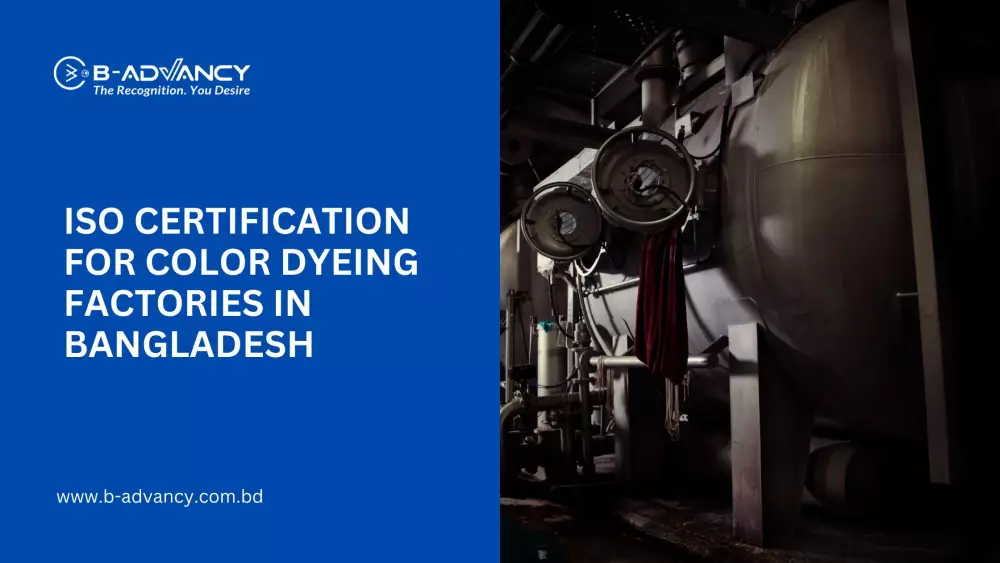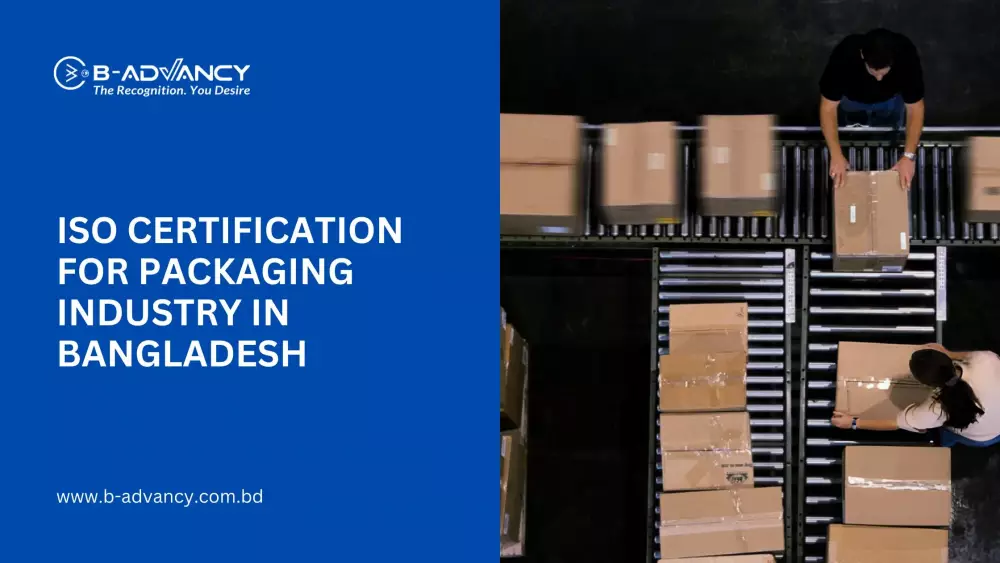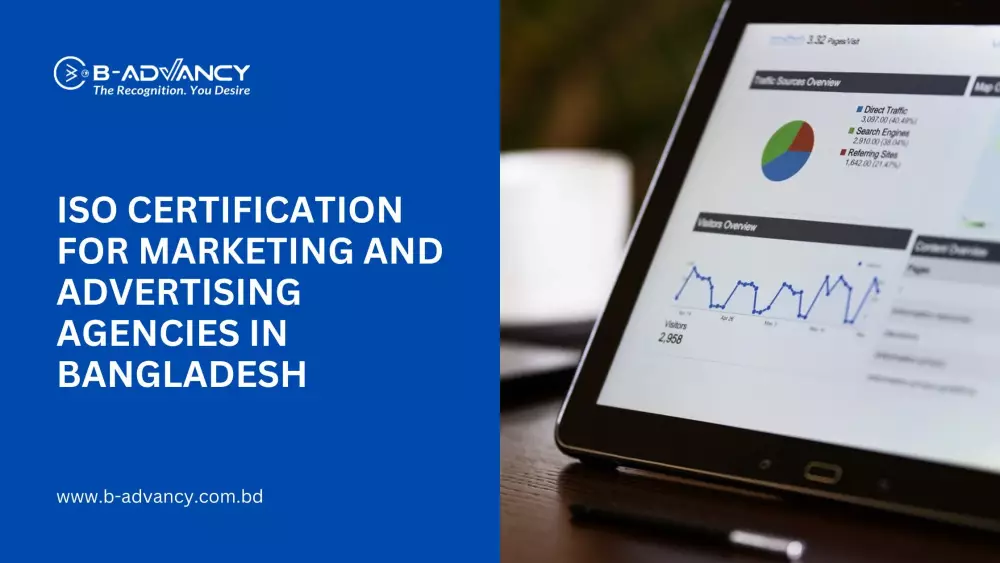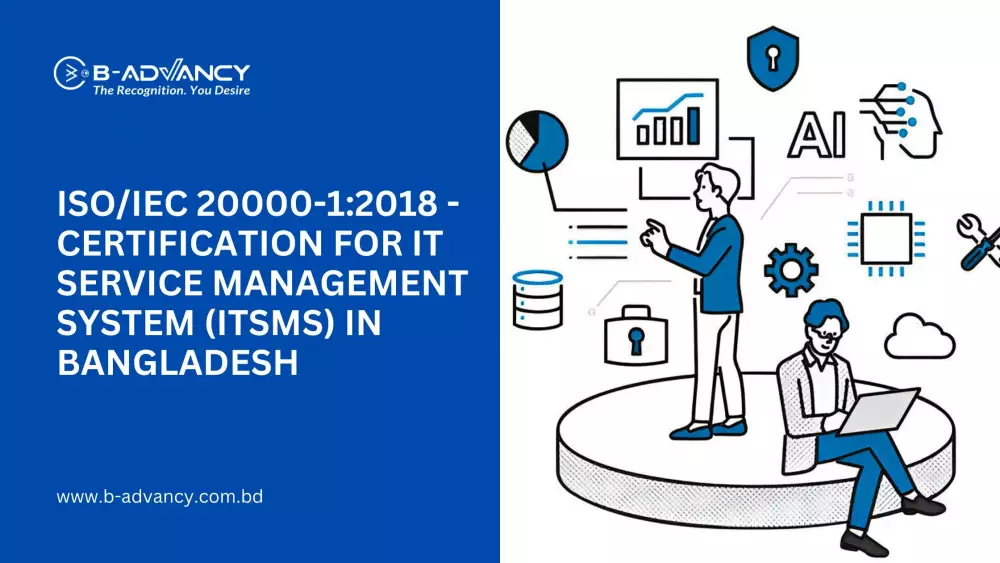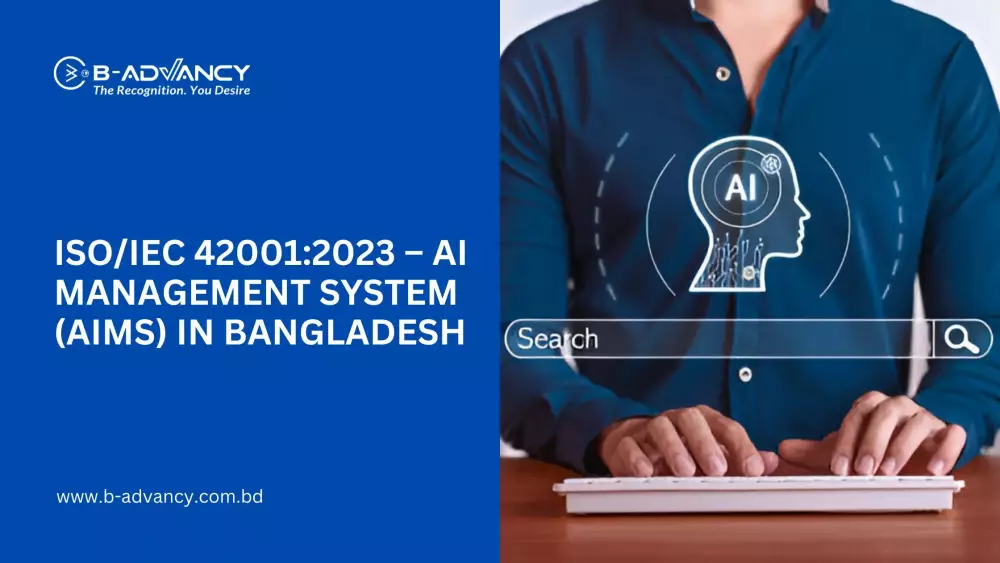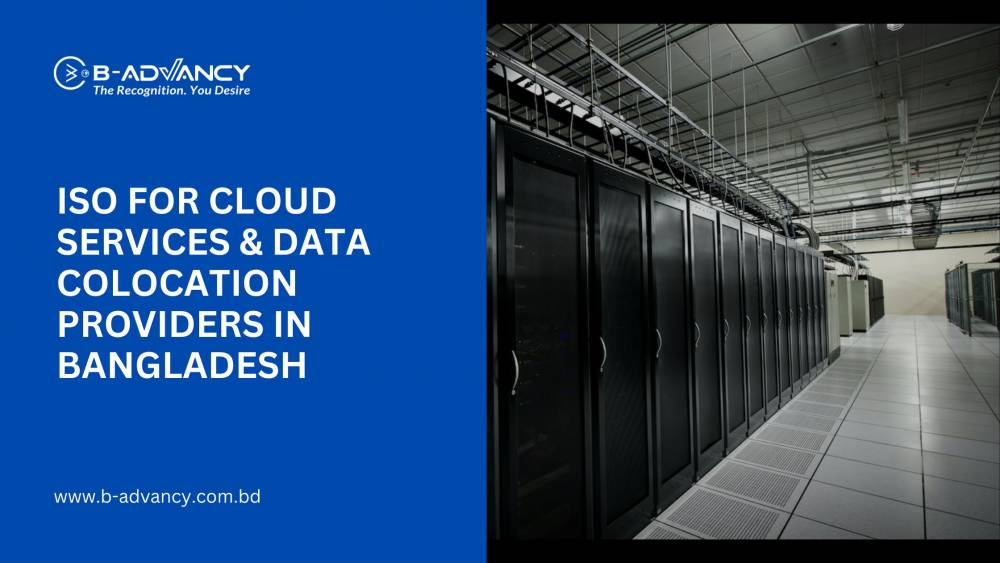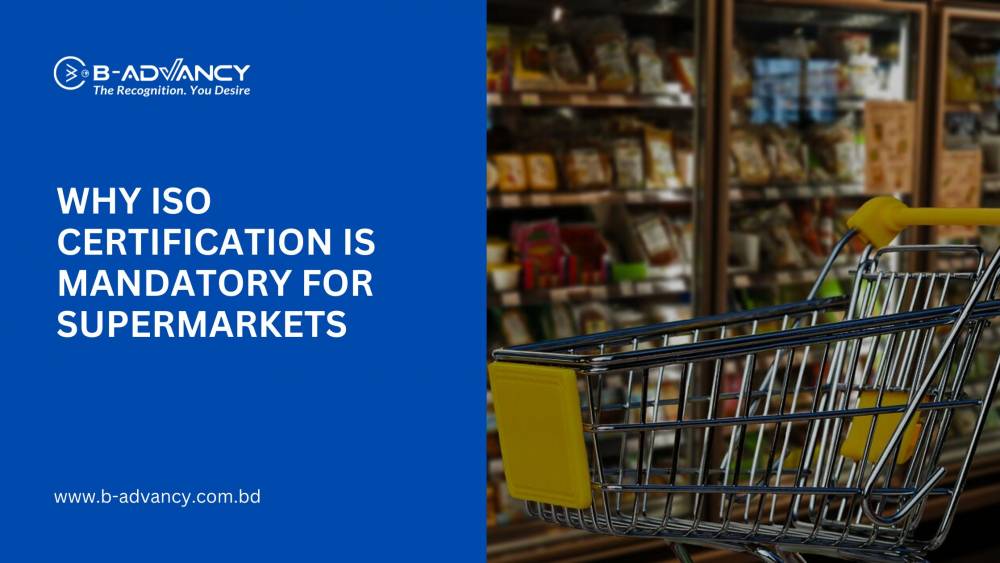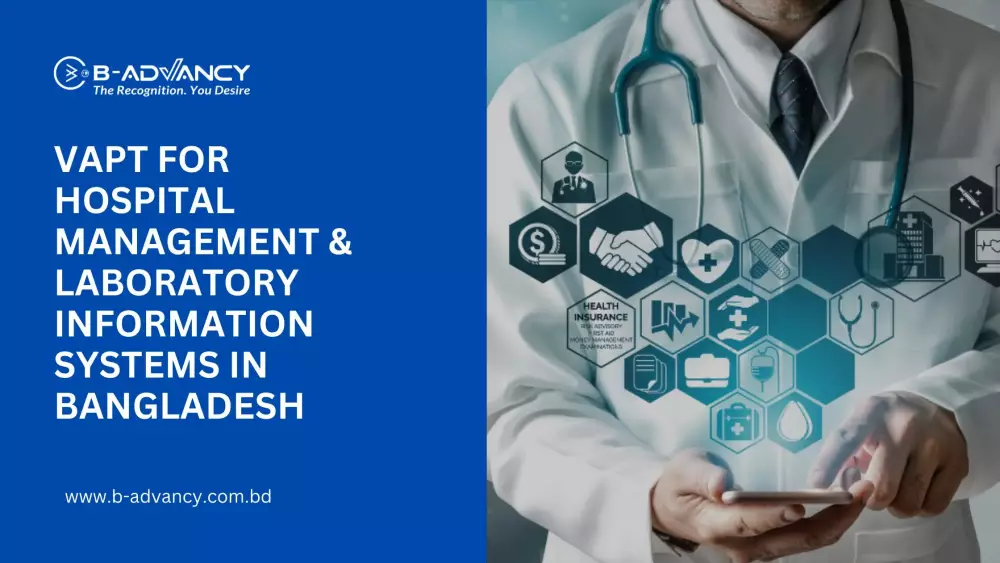Introduction:
In the food industry, safety is the top priority for every organization. The ISO 22000 standard is a food safety management system designed to ensure that food products are safe for consumers. In today's world, technology plays a significant role in food safety management, and it can help organizations achieve ISO 22000 compliance efficiently. In this blog post, we will discuss the role of technology in ISO 22000 compliance and how digital tools can streamline food safety management.
Technology and ISO 22000 Compliance
Technology can help organizations achieve ISO 22000 compliance by streamlining food safety management processes. One of the benefits of using technology in food safety management is the ability to track and monitor the entire supply chain. Technology can help organizations identify potential food safety hazards and take necessary actions to prevent them. According to a study conducted by the Global Food Safety Initiative, 85% of companies that implemented technology in their food safety management systems saw improvements in their compliance with food safety standards.
Additionally, technology can help organizations improve communication and collaboration among team members. By using digital tools such as email, messaging platforms, and project management software, teams can communicate quickly and effectively, ensuring that everyone is on the same page when it comes to food safety management.
Digital Tools for Food Safety Management
There are several digital tools available for food safety management, including hazard analysis and critical control points (HACCP) software, food safety management software, and temperature monitoring systems.
HACCP software is used to identify potential food safety hazards and develop controls to prevent them. This software can also help organizations maintain records and track compliance with food safety regulations. For example, a study conducted by the Food and Agriculture Organization of the United Nations found that implementing HACCP systems reduced the incidence of foodborne illnesses in several countries.
Food safety management software is used to manage and monitor food safety processes, including documentation, audits, and inspections. This software can also help organizations track compliance with food safety regulations and identify areas for improvement. For example, a study conducted by the National Institute of Food and Agriculture found that using food safety management software resulted in a 34% reduction in foodborne illness outbreaks.
Temperature monitoring systems are used to monitor the temperature of food products during storage and transportation. These systems can help organizations ensure that food products are stored and transported at the correct temperature, reducing the risk of spoilage and contamination. For example, a study conducted by the Centers for Disease Control and Prevention found that temperature monitoring systems reduced the incidence of foodborne illness outbreaks in several states.
Streamlining Food Safety Management with Digital Tools
Digital tools can streamline food safety management by improving various aspects of the process. For example, digital tools can improve risk assessment by providing real-time data on potential hazards and allowing organizations to take necessary actions quickly. They can also improve hazard analysis by automating the process of identifying potential hazards and developing controls to prevent them.
Digital tools can also improve monitoring and documentation by providing real-time data on food safety processes and allowing organizations to track compliance with food safety regulations. Additionally, they can improve communication and collaboration by providing a platform for teams to communicate and share information quickly and effectively.
Implementing Digital Tools for Food Safety Management
Implementing digital tools for food safety management can be challenging, but there are several steps organizations can take to ensure success. First, organizations should identify their food safety management needs and choose digital tools that align with those needs. They should also train employees on how to use the digital tools effectively and provide ongoing support to ensure successful adoption.
Case Study: Sysco Corporation
Sysco Corporation is a food service distribution company that provides products to restaurants, healthcare facilities, and educational institutions. Sysco implemented a food safety management system that included digital tools such as temperature monitoring systems and food safety management software. The system allowed Sysco to monitor the temperature of food products during storage and transportation and track compliance with food safety regulations. The software also allowed Sysco to manage and monitor food safety processes, including documentation, audits, and inspections.
As a result of implementing the food safety management system, Sysco saw significant improvements in its compliance with food safety standards. According to a case study conducted by the Global Food Safety Initiative, Sysco saw a 92% improvement in its compliance score in just one year. The company also saw a 75% reduction in foodborne illness outbreaks and a 50% reduction in food recalls.
Conclusion:
In conclusion, technology plays a vital role in food safety management and can help organizations achieve ISO 22000 compliance efficiently. By using digital tools such as HACCP software, food safety management software, and temperature monitoring systems, organizations can streamline food safety management processes and reduce the risk of foodborne illnesses and recalls. Implementing digital tools for food safety management can be challenging, but by identifying food safety management needs, training employees effectively, and providing ongoing support, organizations can successfully adopt digital tools and improve their compliance with food safety standards.













